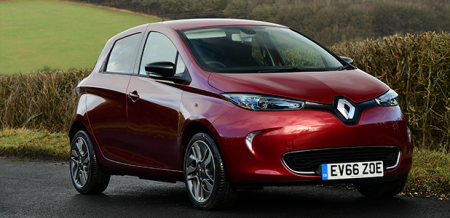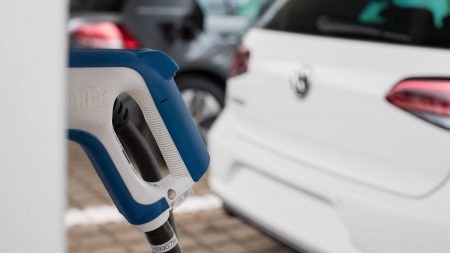Pioneering electric car must make big advancements in range, tech to keep pace.
After seven model years and hundreds of thousands of units sold, it’s finally time for Nissan to reveal a new Leaf. The Japanese automaker has just confirmed that its second-generation all-electric hatchback will bow on September 6, although it remains cagey about further details.
The next Leaf is expected to draw its styling inspiration from Nissan’s well-received IDS Concept, an aggressive-looking five-door showcar from 2015 featuring next-generation electric propulsion as well as autonomous drive tech. The new hatchback — which will likely come to market as a 2018 model — is expected to substantially improve on the 107-mile range offered in today’s car.

It had better. Fresher competitors like the Chevrolet Bolt EV, Hyundai Ioniq and next-generation Volkswagen E-Golf have all eclipsed Nissan’s pioneering EV in both range and in-car electronics, and Tesla’s Model 3 looms large over the segment (even though it hasn’t been shown in production form yet). In other words, Nissan is going to have to seriously up the Leaf’s technology game in order to compete in this small but fiercely competitive segment.
The company may well be up to the challenge. Nissan CEO Carlos Ghosn has made developing all-electric powertrains a cornerstone of the brand’s future product plans, and as the first modern mass-production electric automobile, the Leaf maintains a special place in the company’s heart.
To that end, the Yokohama-based automaker recently disclosed that the next Leaf will be available with a version of its ProPilot driver-assist technology. The hardware will manage acceleration, braking and steering within a single lane on the freeway to help increase safety and lower driver stress. Thus far, class rivals have yet to bring anything similar to market.
Source: Road Show



























